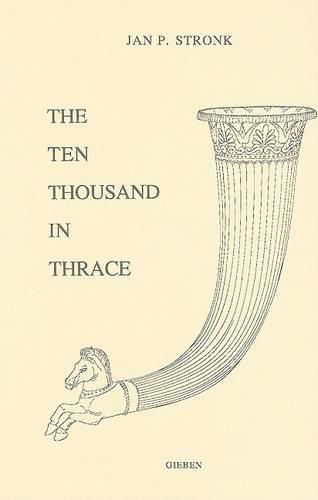Readings Newsletter
Become a Readings Member to make your shopping experience even easier.
Sign in or sign up for free!
You’re not far away from qualifying for FREE standard shipping within Australia
You’ve qualified for FREE standard shipping within Australia
The cart is loading…






Since the Anabasis has been in continuous use as one of the main books for the introduction into classical Greek, it is surprising that there are virtually no historical and/or archaeological commentaries to the text. Much of the training of students of the ancient world is focused on Greece and Rome and other ‘Hochkulturen’. In Books VI.iii-vi and VII of the Anabasis the classical tradi-tion illuminates one of the ‘Randkulturen’, that of the Thracians. This part of the Anabasis forms a ‘time-exposure’ of an important part of Thrace in 400-399. Impor-tant developments, both for Thrace and for the Greek world, took place in this period and were described by an eyewitness. The commentary is preceded by two introductory chapters, one on the army of the ‘Ten Thousand’ and one on Thrace. These have been inserted because neither armies nor Thrace normally feature in the classical student’s curriculum.
$9.00 standard shipping within Australia
FREE standard shipping within Australia for orders over $100.00
Express & International shipping calculated at checkout
Since the Anabasis has been in continuous use as one of the main books for the introduction into classical Greek, it is surprising that there are virtually no historical and/or archaeological commentaries to the text. Much of the training of students of the ancient world is focused on Greece and Rome and other ‘Hochkulturen’. In Books VI.iii-vi and VII of the Anabasis the classical tradi-tion illuminates one of the ‘Randkulturen’, that of the Thracians. This part of the Anabasis forms a ‘time-exposure’ of an important part of Thrace in 400-399. Impor-tant developments, both for Thrace and for the Greek world, took place in this period and were described by an eyewitness. The commentary is preceded by two introductory chapters, one on the army of the ‘Ten Thousand’ and one on Thrace. These have been inserted because neither armies nor Thrace normally feature in the classical student’s curriculum.